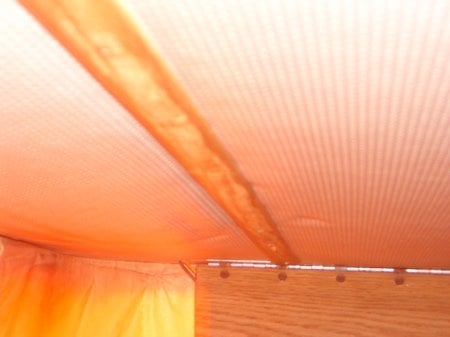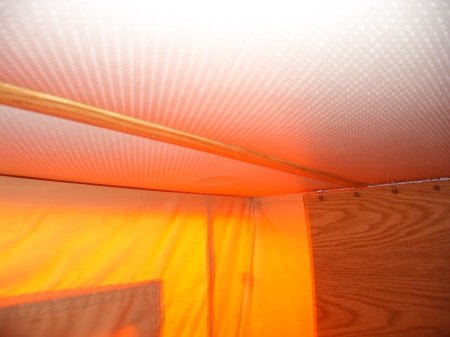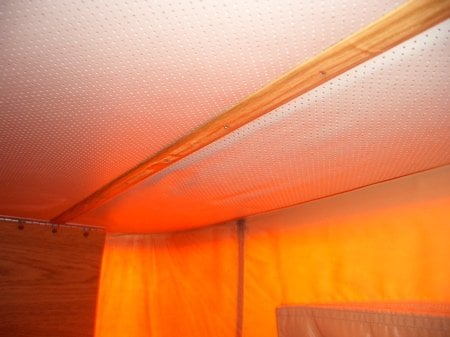erod
Senior Member
- Joined
- May 7, 2007
- Messages
- 664
anyone ever had anything like this happen...its been raining like cats and dogs here lately...never really noticed it until recently. claire thinks its just condensation but i am a little worried, especially with a long, wet winter ahead (i hope  ). I installed a yakima rack a while back and siliconed the $%&# out of the holes when i reinstalled the tracks as well as the tracks themselves...pretty sure thats not the issue...recent discussion about the lack of the vapor barrier in the older campers has gotten me thinking...anyway, heres some photos, let me know what you guys think. thanks
). I installed a yakima rack a while back and siliconed the $%&# out of the holes when i reinstalled the tracks as well as the tracks themselves...pretty sure thats not the issue...recent discussion about the lack of the vapor barrier in the older campers has gotten me thinking...anyway, heres some photos, let me know what you guys think. thanks



